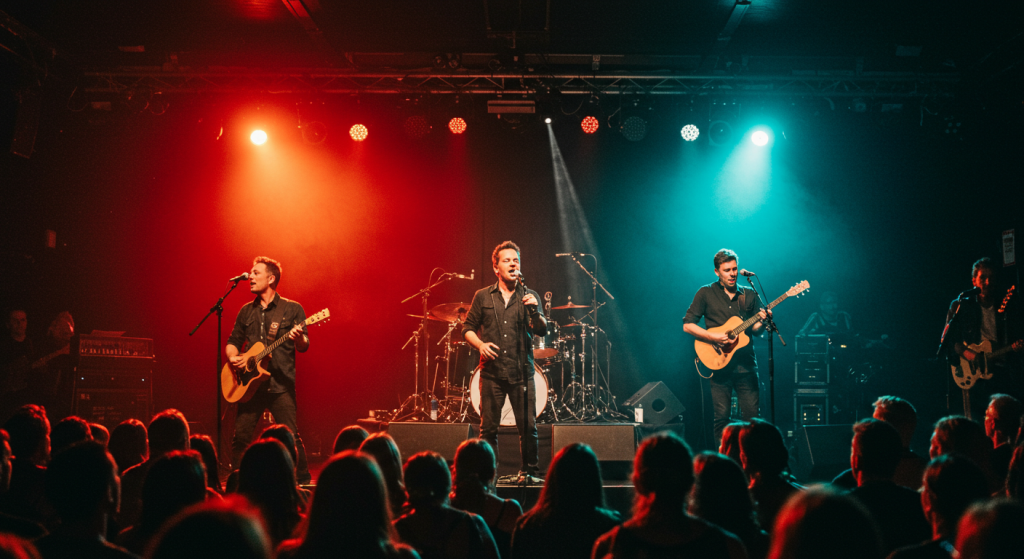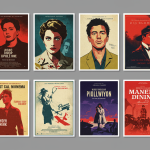To the audience, a live show feels like magic—lights flashing, music pulsing, performers dazzling on stage. But behind every standing ovation is a world of unseen effort, teamwork, and passion. Producing a live show, whether it’s a theatrical play, concert, fashion show, or beauty pageant, involves far more than what meets the eye.
Thank you for reading this post, don't forget to subscribe!Here’s a closer look at what it really takes to bring a live performance to life.
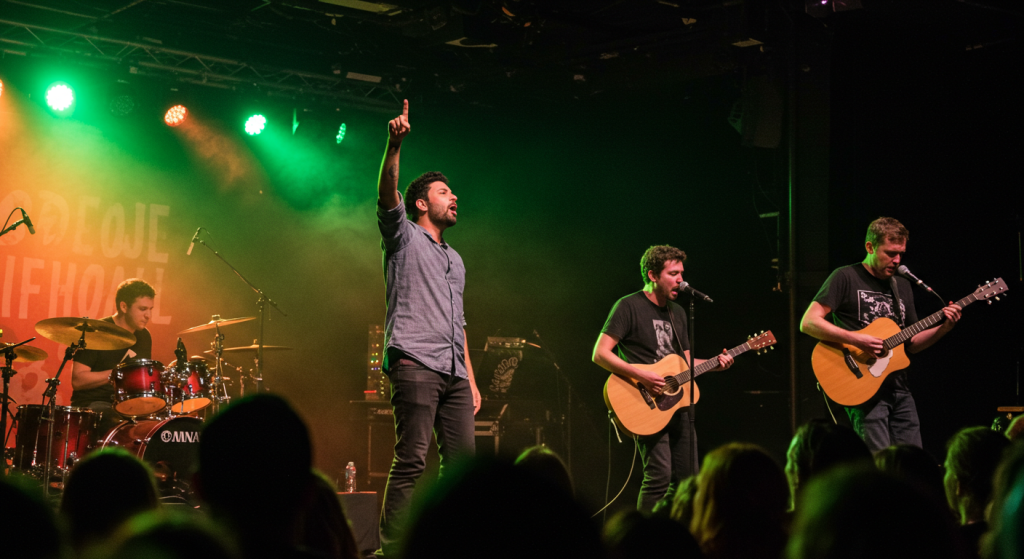
1. Creative Vision and Concept Development
Every great show starts with a vision. The producer or creative director lays out the show’s purpose, theme, and message. This early stage involves:
- Choosing the storyline or concept
- Deciding on the tone and aesthetic
- Planning the structure (opening, middle, finale)
This blueprint sets the stage—literally—for everything that follows.
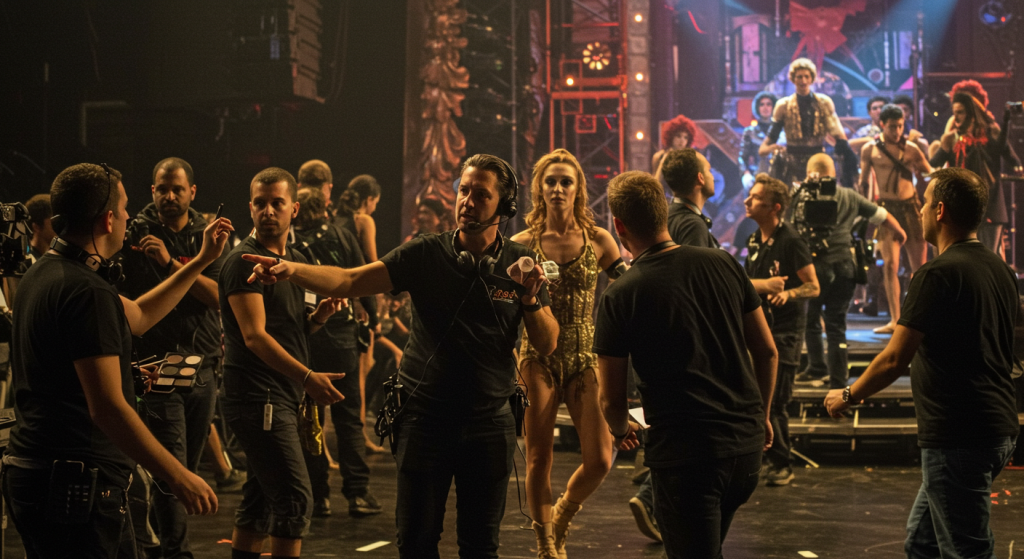
2. Budgeting and Fundraising
Live productions are not just artistic—they’re financial undertakings. From securing venues to paying talent and crew, budgeting is essential.
- Estimate all costs: venue, costumes, tech, marketing, etc.
- Seek sponsors, ticket sales, or grants for funding
- Track expenses closely to avoid going over budget
Without financial planning, even the best shows can fall apart before opening night.
3. Assembling the Dream Team
A live show is a massive team effort. Behind the scenes, you’ll find:
- Directors and choreographers shaping the flow
- Technical crew handling lights, sound, and staging
- Costume designers and makeup artists crafting the visual style
- Stage managers coordinating movement and timing
- Publicists and marketers promoting the event
It takes seamless collaboration across departments to make the show work.
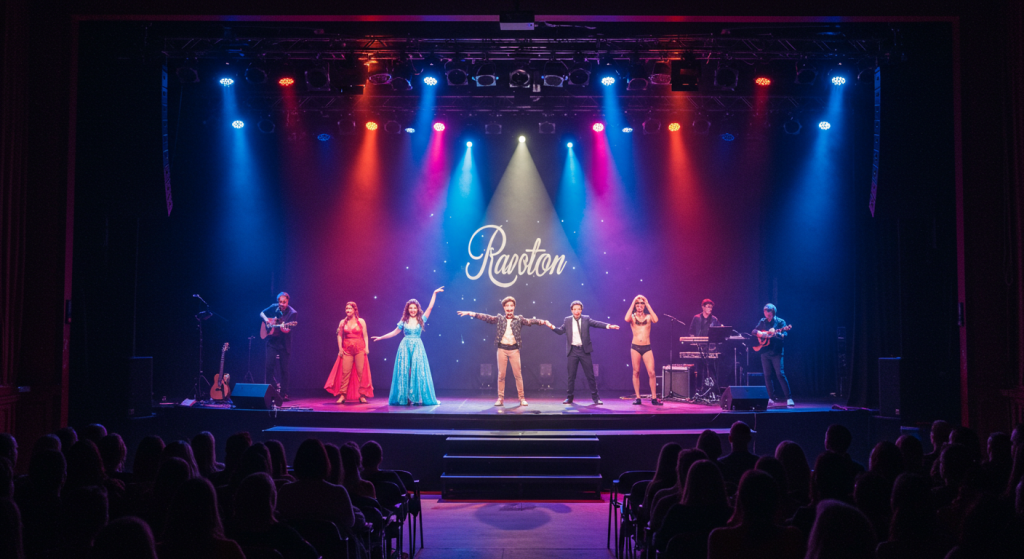
4. Casting and Rehearsals
Choosing the right performers is critical. Casting involves auditions, callbacks, and selecting individuals who not only fit their roles but also work well with the ensemble.
Then come the rehearsals, where magic begins to take shape:
- Blocking scenes and choreography
- Practicing timing and transitions
- Fine-tuning every detail for precision and performance quality
This phase can take weeks—or even months—depending on the scale of the production.
5. Technical Setup and Design
Behind the glamour are intricate technical layers:
- Lighting design creates mood and focus
- Sound engineers ensure every note and line is heard clearly
- Set designers bring the world of the show to life
- Cue-to-cue rehearsals help time the technology perfectly with the performance
Everything must sync to create a seamless audience experience.
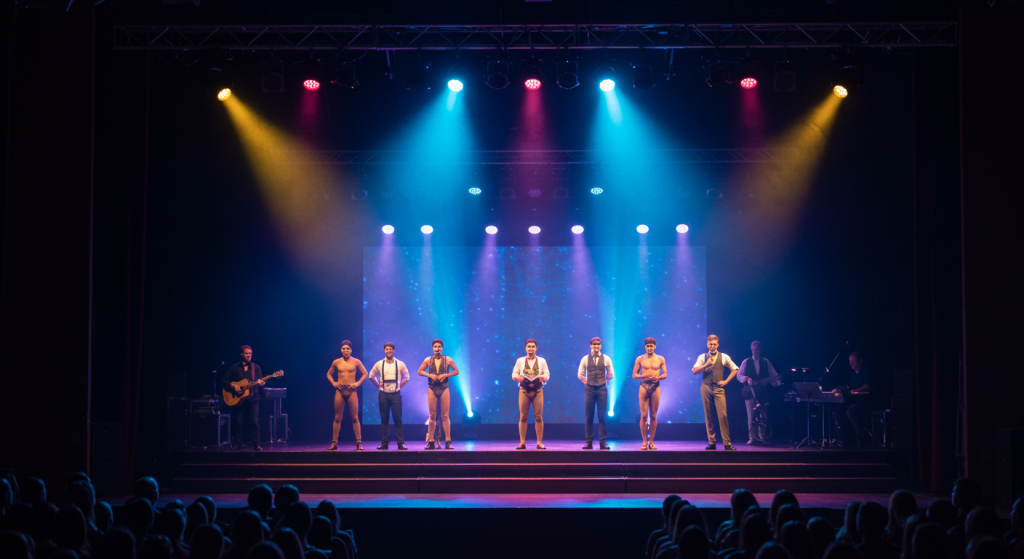
6. Promotion and Ticket Sales
A show without an audience isn’t a show. Marketing teams work to:
- Build buzz with posters, trailers, and social media
- Handle press releases and interviews
- Manage ticketing and customer service
Promotion must start early and stay consistent to ensure strong attendance.
7. Showtime and Live Execution
On performance day, every second counts. The crew runs a tight schedule:
- Final checks of lighting, sound, costumes, and props
- Performers go through warm-ups and makeup
- The stage manager cues every movement, from curtain rise to curtain call
Live shows are unpredictable—there are no second takes. Quick thinking and teamwork keep the show running, even when unexpected issues arise.
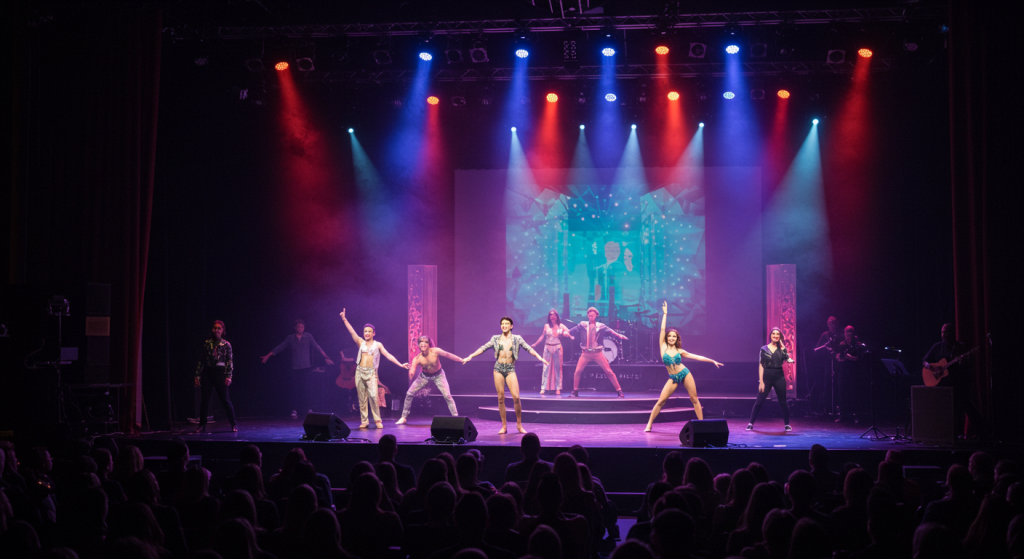
8. Post-Show Wrap-Up
When the applause fades, there’s still work to do:
- Strike the set and return rented equipment
- Review feedback from audience and critics
- Thank sponsors and partners
- Evaluate performance for future improvements
Some teams even start preparing for the next show immediately.
Final Thoughts
Behind the curtain of every live show is a complex, passionate, and often chaotic world of creativity and coordination. It’s a process fueled by long hours, dedication, and love for the craft. So the next time you attend a live performance, take a moment to appreciate not just what’s happening on stage—but the army of professionals behind it all.
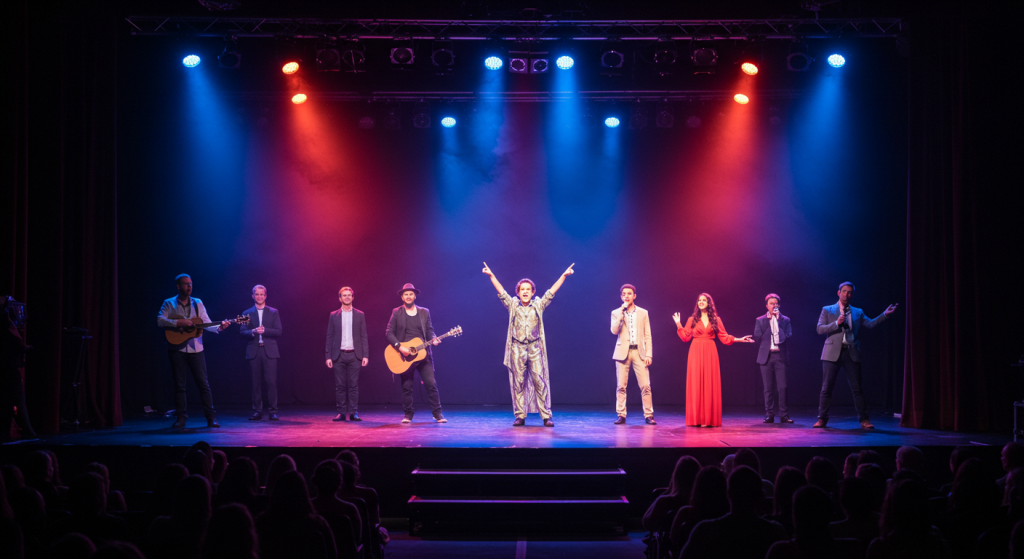
Because in the world of live entertainment, it takes more than talent—it takes a team.
